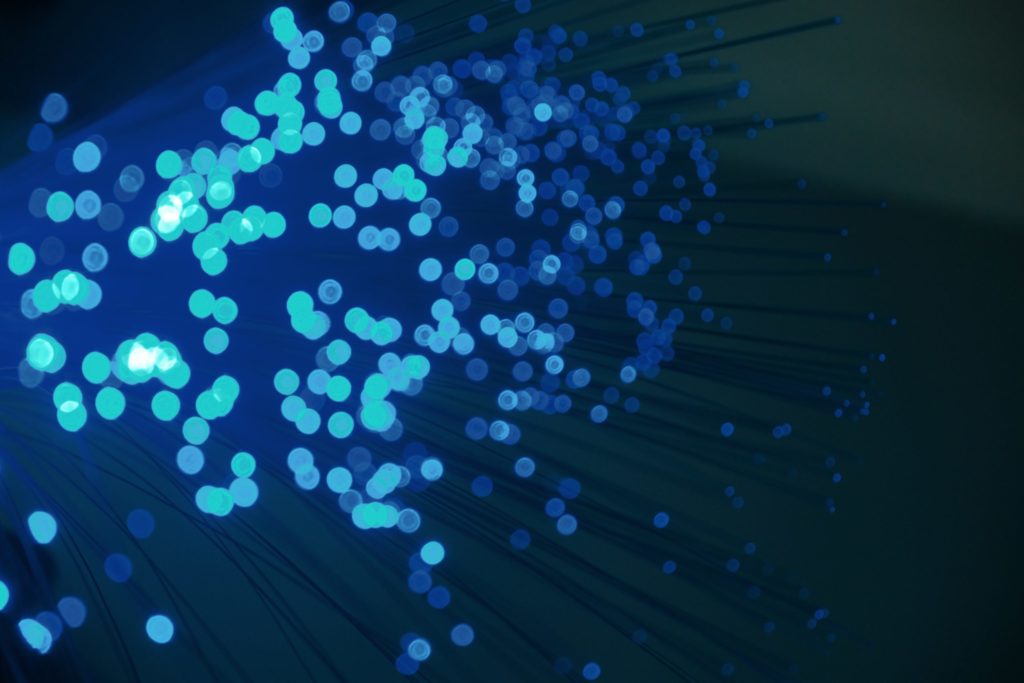If you’re looking to boost your productivity online, either for work or for play, consider cutting the cable to forge ahead with fiber.
Specifically, gigabit fiber. Gigabit fiber uploads are faster, safer, and more reliable than their cable counterparts.
What’s the difference?
Many of the differences between fiber and cable get chalked up to the way they send information.
Fiber-optic technology uses small, flexible strands of glass to pass on the information as light. Wrapped in a bundle, layers of plastic protect the strands. This makes fiber faster, clearer, and able to travel great distances. Fiber cables carry more data than a bundle of copper cables of the same diameter.
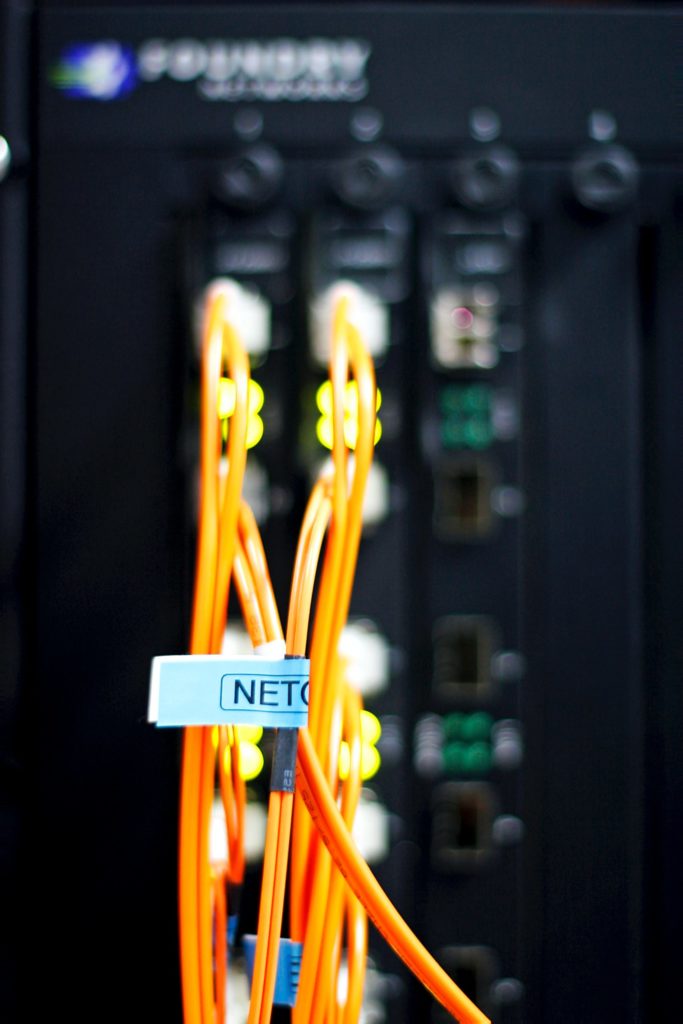
For traditional cable, data gets transmitted via electricity through coaxial cables. Inside that coaxial cable is a copper core insulated with aluminum, a copper shield, and an outer plastic layer. Cable is more susceptible to weather-related disruptions and electromagnetic interference than fiber-optic; this is because it uses electrical signals.
Fiber is faster
Gigabit fiber uploads are up to 100 times faster than the typical home connection. It has an average speed of 1,000 megabits per second. You can download high-resolution movies in only a few minutes, join video conferences in ultra HD, and update your smartphone in seconds. A gigabit fiber upload of ten photos will take less than one second.
On a professional level, this speed makes it much faster to transfer large media files from one place to another. Gigabit fiber upload times are perfect for video content and any other large files that need to go out for review or their final posting.
Cable internet networks typically offer customers download speeds that range from 10 Mbps to 200+ Mbps, however, upload speeds are a fraction of those numbers.
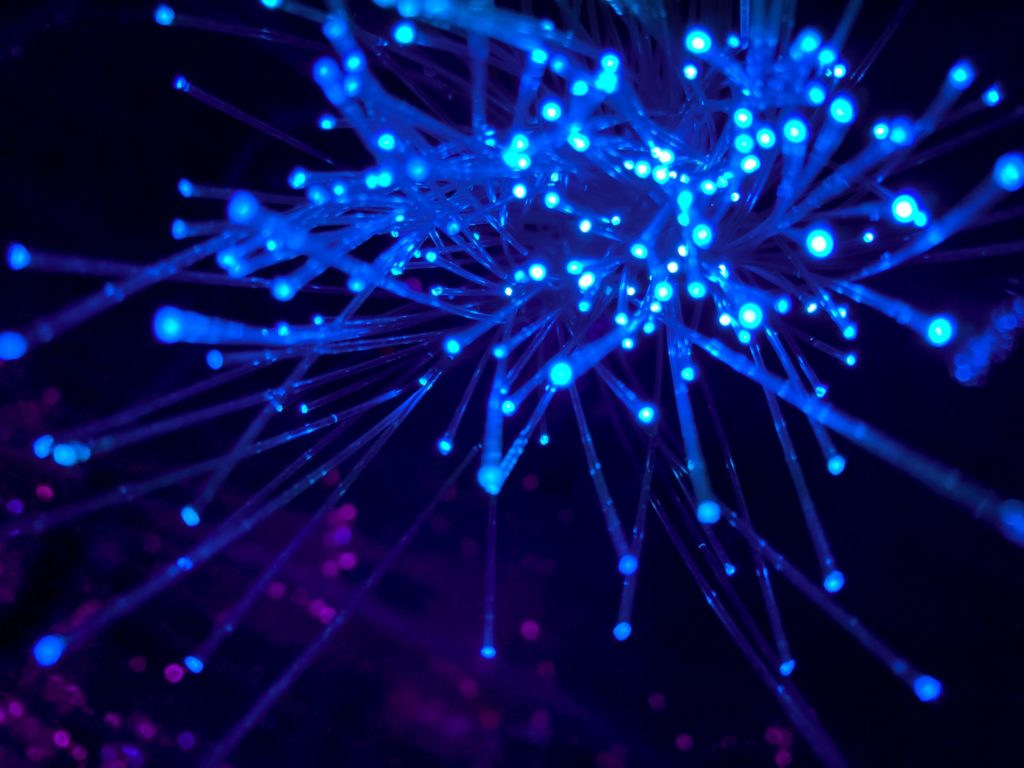
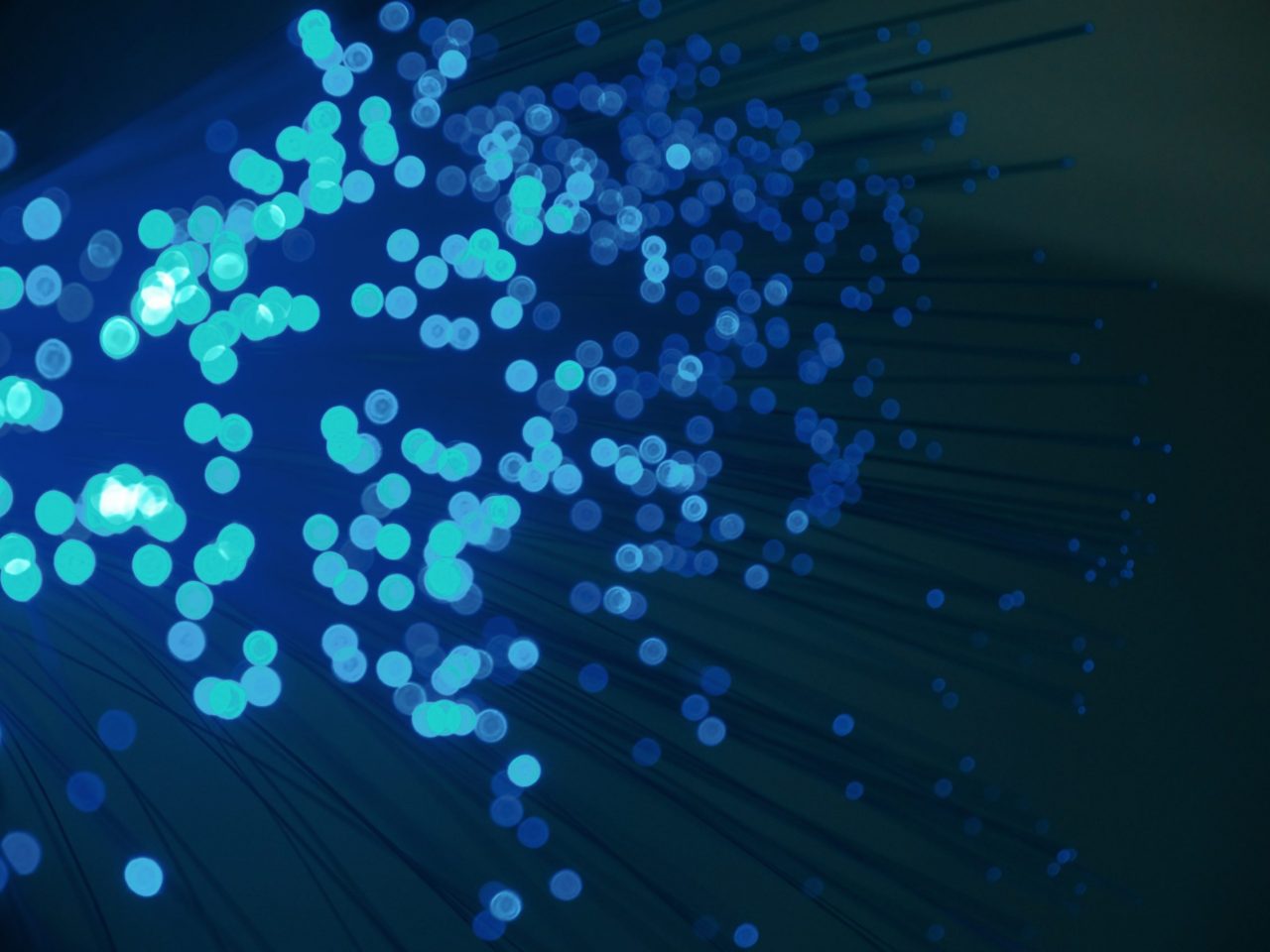
Cable’s lower speed capabilities can cater to smaller households and minimal internet users as it is, making it ideal for those who just do a bit of web surfing and occasional movie streaming. However, one of the big drawbacks of cable technology is that you share your bandwidth with neighbors. Your speeds will slow during the evening if the whole block is streaming movies. Overall, you’re looking at a more unreliable network susceptible to more outside factors.
These hiccups in speed and performance can also wreak havoc on the professional working from home. Transferring files with an unreliable internet connection could lead to lengthy wait times and disruption in your productivity.
With super-fast Gigabit fiber upload speed, businesses are able to move data more quickly among users, customers, and the cloud. You’ll see enhanced productivity since nobody needs to wait for uploads and downloads to finish.
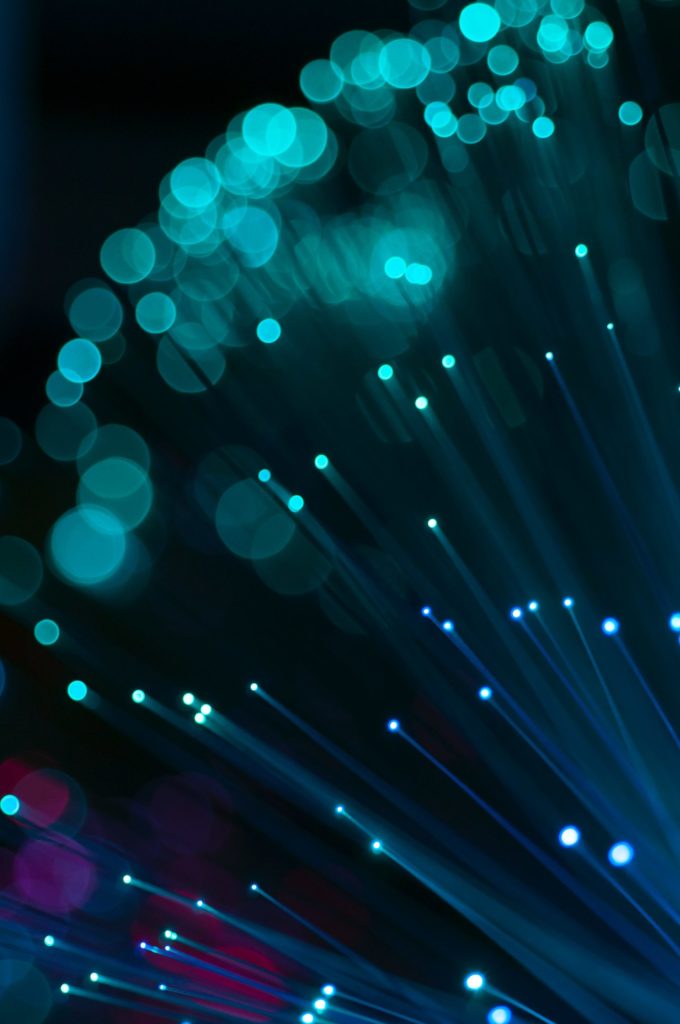
Another major difference
Outside of the speed, another huge difference between gigabit fiber and cable internet services is availability. The Federal Communications Commission (FCC) has estimated that only about 14% of the U.S. can access fiber-optic speeds of 1,000 Mbps or more. By the same measure, cable internet has 88% nationwide coverage at speeds of 25 Mbps or more. That means you’re far more likely to find cable providers who service your address than fiber-optic ones.

It also means, once you find a file transfer service provider that has gigabit fiber internet, you should hold onto them as a vendor. You know they’ll deliver fast!
Why the disparity? Building fiber technology is a long and expensive process. Analysts have estimated that Google Fiber’s early nationwide expansion plan in 2010 would have cost the company $3,000-$8,000 per home.
You don’t have to wait
When it comes to your video production needs, you don’t have to wait for gigabit fiber installation in your business or home. You can rely on the professionals at ECG Productions right now. Our staff can handle all your production upload needs at lightning speed with our dedicated gigabit internet.
Our production services run the gamut, from feature films to corporate videos, branded content to TV shows. If you need a video of any kind, we can make it happen with cutting-edge technology. Contact us to learn more.
